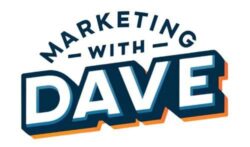Recent Blog Articles

Your LinkedIn Profile Mastered
Implement proven best practices so you always make the best first impression. Includes step-by-step instructions so you make the right changes the first time and get back to what you love doing.
Marketing A to Z
Strategy
Quote
The most powerful concept in marketing is owning a word in the prospect's mind.
- Al Ries
I’ve read hundreds of marketing books, and each month I will focus on a different marketing topic. For February, the spotlight is on Strategy. The books showcased above are ones I’ve personally read and confidently recommend. Please note these are affiliate links—if you click and make a purchase, I may earn a commission at no extra cost to you.
